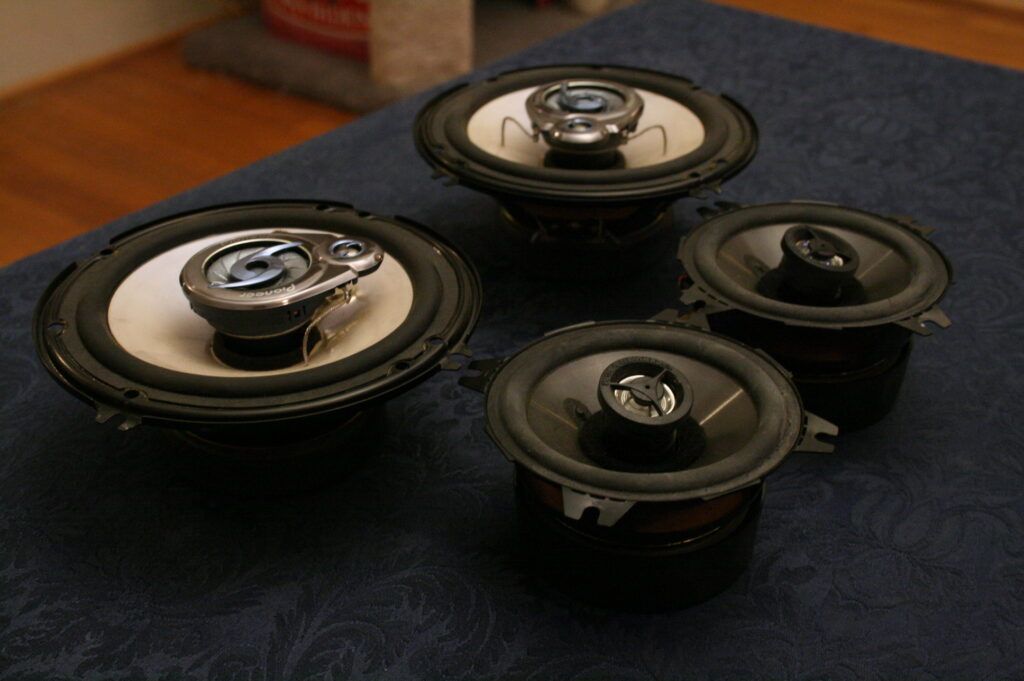
Our vehicles are intricate machines, requiring a massive number of parts to function seamlessly day in and day out. Whether you’re driving a traditional internal combustion engine vehicle or a modern electric car, one constant remains: the reliance on thousands of interworking parts and, crucially, various fluids. Most car owners don’t fully realize how complicated their vehicles truly are, and how much these liquids contribute to smooth operation.
Nearly every one of your car’s systems relies on some type of fluid, whether it’s for essential lubrication, vital cooling, or a combination of both. These liquids are absolutely essential for your vehicle’s smooth operation and overall longevity. Just like our bodies need water and nutrients, cars rely on different fluids to operate safely and effectively. Neglecting these fluids can quickly lead to poor performance, uncomfortable driving experiences, and even serious long-term damage that could cost you a fortune down the line.
Regularly checking and maintaining your car’s fluids is one of the easiest and most important steps in car care, ensuring your vehicle remains reliable and safe. From making sure your engine stays well-lubricated with the right oil to keeping your braking system responsive with adequate brake fluid, each liquid plays a pivotal role. Understanding when and why to check these fluids can save you from costly repairs and keep your vehicle in top condition. Let’s dive in and explore the first five vital fluids that every car owner should keep a close eye on.

1. **Engine Oil: The Lifeblood of Your Car**Engine oil is undoubtedly one of the most critical fluids in your vehicle, often referred to as its ‘lifeblood.’ It serves an essential purpose: lubricating the engine’s many moving parts, which spin thousands of times a minute. This constant lubrication drastically reduces friction and prevents overheating, ensuring that all components move smoothly and efficiently. Without regular oil checks and changes, engine parts can wear out at an accelerated rate, potentially leading to costly and extensive repairs.
Checking your engine oil is a straightforward process that every car owner can master. Most new cars are equipped with an easily accessible dipstick, often featuring an orange or yellow top, located in the engine bay. To get an accurate reading, it’s best to park your car on a level surface and allow the engine to cool down for at least 10 minutes so the oil can settle at the bottom. Once cool, pull the dipstick out, wipe it completely clean with a cloth or rag, and then reinsert it fully into the tube.
Pull the dipstick out a second time to check the oil level. You’ll notice maximum and minimum indicators etched on the dipstick; the oil should ideally be near the maximum mark. If the level is at or below the minimum, it’s a clear signal that you need to add oil immediately. Beyond just the level, the condition of the oil is equally important. Smear a small amount of oil from the dipstick between your fingers; it should feel slick and smooth. If you detect any particles or grittiness, it could indicate that engine components are wearing down, which is a serious issue that warrants attention.
Additionally, pay close attention to the oil’s color. Lighter, caramel-colored oil suggests it’s relatively new and healthy, while a darker, black, or coffee-colored oil signifies it’s time for an oil change. A milky color, however, is a red flag, often indicating that coolant is leaking into the engine – a major problem requiring immediate professional inspection. Depending on the type of oil you use, conventional oil might need changing every 3,000 miles, while full synthetics can last up to 10,000 miles. Some sources even recommend changes every 5,000 to 7,500 miles. Regularly checking and maintaining your engine oil can significantly extend the life of your vehicle and prevent unexpected breakdowns.
Read more about: The 15 Worst Car Fluids to Skip During Routine Maintenance
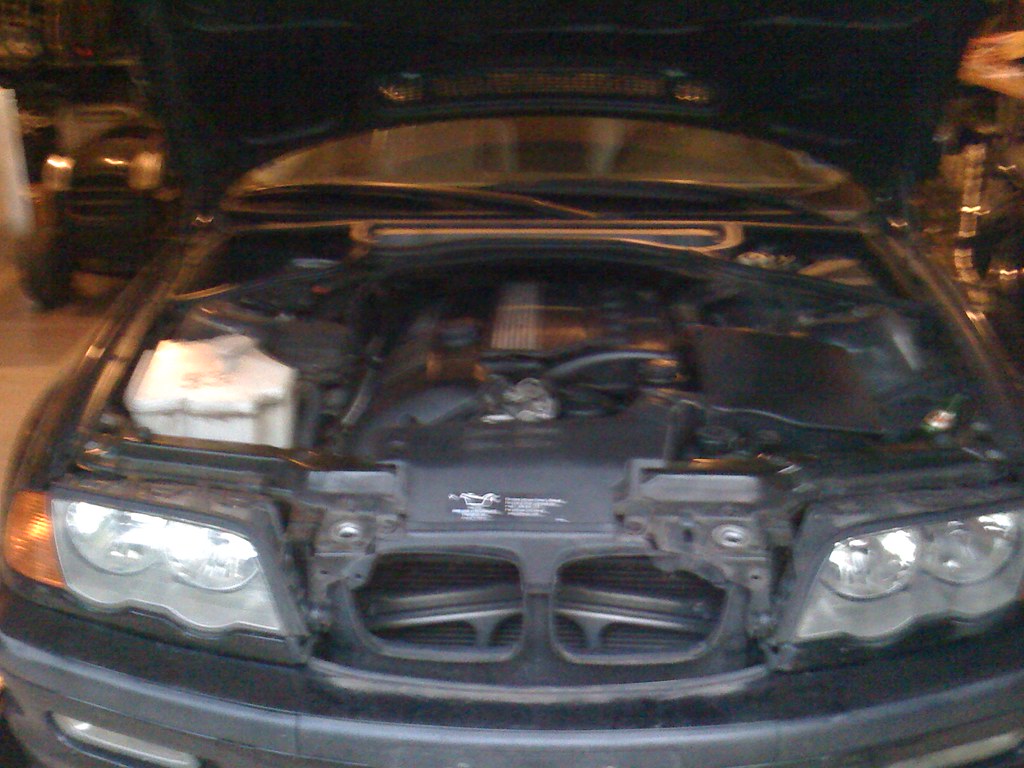
2. **Coolant: Keeping Your Engine Cool**As its name explicitly implies, coolant plays a critical role in keeping your engine from overheating, a common and potentially devastating issue. Also known as antifreeze, this fluid circulates through the engine, absorbing the intense heat generated by combustion and then dissipating it through the radiator. This vital process maintains your engine at optimal operating temperatures, which is especially important during hot weather, long drives, or heavy usage. Without adequate coolant, your engine can quickly overheat, leading to severe damage and potentially incredibly costly repairs.
Checking your coolant levels requires a bit of caution. You must only open the radiator cap when the car is completely cool to avoid the risk of severe burns from pressurized, hot fluid. Once the engine has fully cooled down, you can begin your inspection. Many cars have a translucent plastic coolant reservoir under the hood, often marked with “min” and “max” level indicators. If your car has one, check to see if the coolant level falls between these marks.
If the coolant level is below the “min” mark, you’ll need to add more. When topping off the coolant, it’s absolutely crucial to use the specific type recommended in your vehicle’s owner’s manual, as different automakers use different formulations. Some coolants come pre-mixed, while others require you to combine 50% water with 50% coolant. If your car doesn’t have a reservoir, or if the level is still low in the reservoir, you might need to open the radiator cap to check if the radiator is filled to the top, again, only when cool.
Beyond just the level, it’s important to inspect the coolant’s condition. Look for any signs of sludge, gunk, debris, or discoloration; these are all indicators that the coolant may need to be flushed and replaced. You can also use an antifreeze coolant tester, which looks like a funky turkey baster, to check the reading. Most coolant typically needs to be replaced every three years or 36,000 miles, though some sources suggest checking it every 50,000 miles or whenever levels appear low. Keeping your coolant at the proper level and in good condition is a simple yet crucial step in ensuring your engine’s health and preventing overheating.
Read more about: Mastering Your Ride: The Essential Car Fluids You Need to Check Regularly for Optimal Performance
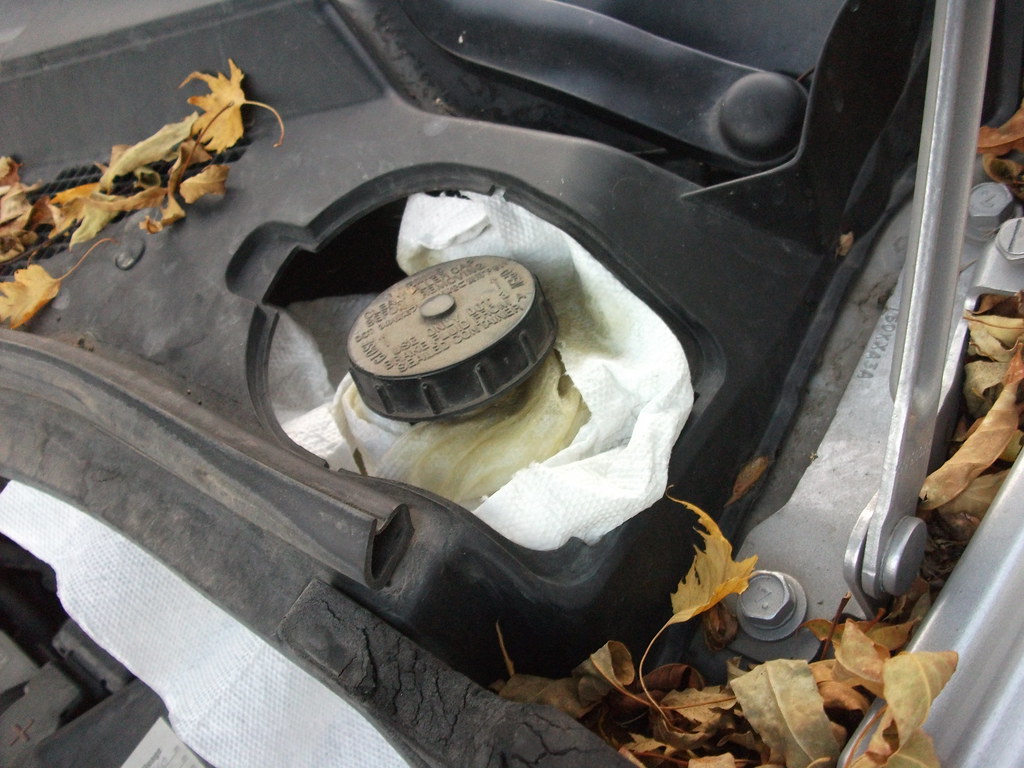
3. **Brake Fluid: Ensuring Safe Stops**Without a doubt, the importance of your car’s brakes needs no explanation, and at the heart of their function is brake fluid. This crucial hydraulic fluid is responsible for transferring the force from your foot on the brake pedal directly to the brake pads, allowing your car to stop effectively and reliably. When you press the pedal, a plunger pressurizes the brake fluid within the lines, which in turn causes the calipers to clamp onto the rotors, slowing and stopping your vehicle. This entire process is designed to happen instantly; if you ever experience a delay or a spongy feeling in your brake pedal, the fluid is often the first component to investigate.
Your car’s brake fluid resides in a reservoir typically located underneath the hood, often close to the firewall. It’s usually marked by a black lid with a circular image on it. Checking the brake fluid is generally simple: just peek into the translucent reservoir, observe its color, and ensure the fluid level is close to the “full” line. The reservoir also commonly has “min” and “max” lines to clearly indicate the appropriate fluid level. Always make sure your vehicle is on a level surface and the engine is cool before you open the reservoir cap.
New, healthy brake fluid is almost translucent, with a slight golden tint. If you observe that your brake fluid is dark brown or black, or if it contains any debris, it’s a strong indication that it must be flushed and replaced immediately. Over time, brake fluid can become contaminated by water, which can lead to rust forming within the brake lines, compromising their integrity. Low brake fluid levels can also signal a leak within the system or indicate that your brake pads are significantly worn and need to be replaced. Any of these conditions can lead to reduced braking efficiency or, in severe cases, total brake failure.
It’s essential to follow your owner’s manual to use the specific type of brake fluid that your automaker recommends, as brake fluid comes in several varieties. While driving habits influence replacement frequency – performance driving might require multiple changes a year – for most drivers, brake fluid should be changed every two years. Luckily, owners can even purchase test strips to check the quality of their brake fluid. Regularly checking your brake fluid levels and condition, ideally at least once a month or before long trips, is paramount for your safety on the road.
Read more about: Beyond the Checkered Flag: 12 Essential Safety Upgrades Every Track Day Driver Needs

4. **Transmission Fluid: Smooth Shifts**Transmission fluid serves a purpose very similar to engine oil, acting as a vital lubricant and coolant for the intricate components inside your car’s transmission. The transmission houses a complex array of gears, clutches (even in automatic systems), and valves, all of which must move smoothly and without excessive friction to provide seamless gear shifts. Beyond lubrication and cooling, transmission fluid also supplies the necessary hydraulic pressure that enables proper gear changes. Low or degraded transmission fluid can lead to a host of problems, including slipping gears, hard or erratic shifts, and potentially significant damage to the transmission itself.
Checking transmission fluid has a few specific requirements to ensure accuracy. Unlike engine oil, the vehicle needs to be warmed up, and the engine must be running at idle, typically with the transmission in Park or Neutral, to get a proper reading. The transmission fluid dipstick is usually located further back in the engine bay than the engine oil dipstick and might have a different color or a transmission symbol on its cap. It’s important to note that some modern vehicles are designed with transmissions “sealed for life” from the factory, meaning they do not require new fluid and may not even have an accessible dipstick.
Once you’ve located the dipstick and ensured the vehicle is running and warm, pull it out, wipe it clean with a white rag or towel, and then reinsert it fully. Pull it out again to check the fluid level, which should reach the “full” mark. Critically, examine the fluid’s color and consistency. Healthy transmission fluid is typically a bright red or amber color and should feel smooth between your fingers. If the fluid appears dark, brown, black, cloudy, or gritty, it’s a clear indication that it’s old, contaminated, or that there’s an internal problem that needs immediate inspection and likely a fluid change.
According to estimates, some vehicles require transmission fluid changes every 30,000 miles, while other recommendations range from 30,000 to 60,000 miles. Always refer to your car’s owner’s manual for the precise schedule and the correct type of transmission fluid, as using the wrong fluid can cause damage. If you do add fluid yourself, pour it into the fill tube and, after verifying the level, move the gear selector through the gears with your foot on the brake to help the new fluid circulate. Because transmissions are complex pieces of equipment, if you continue to experience shifting problems or suspect a serious issue, it’s always best to consult a professional mechanic.
Read more about: Beyond the Checkered Flag: 12 Essential Safety Upgrades Every Track Day Driver Needs
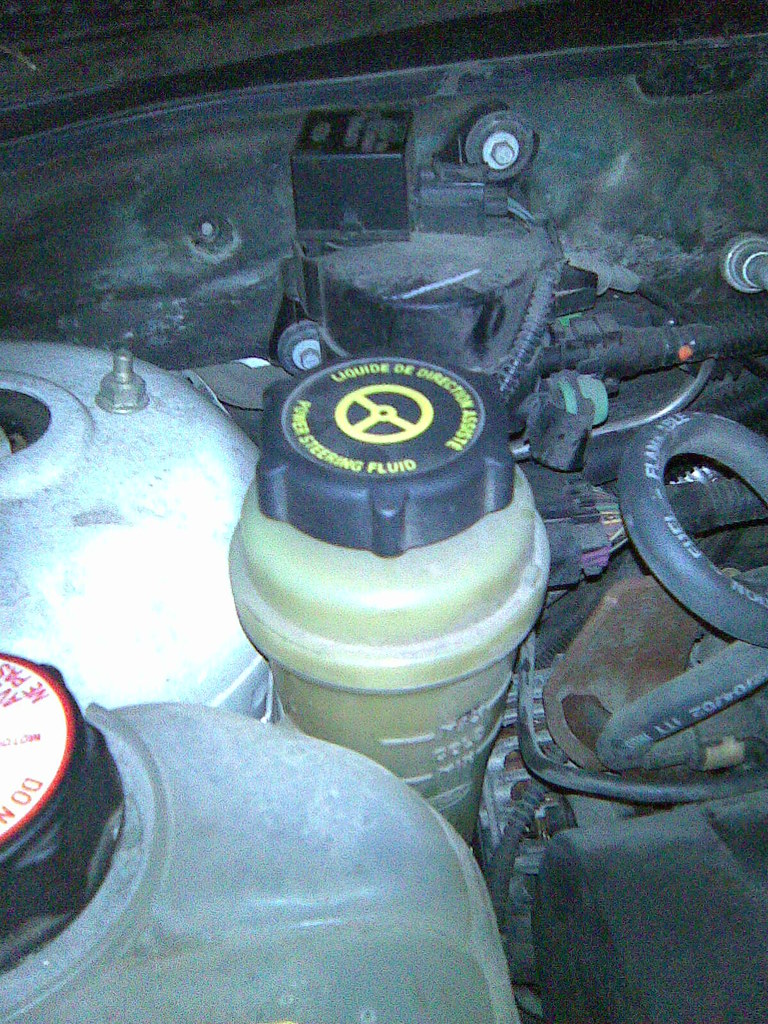
5. **Power Steering Fluid: Effortless Maneuvering**If you’ve ever driven an older vehicle without power steering, you’ll immediately recall the incredibly heavy steering effort required to turn the wheel. Modern cars have significantly upgraded to power steering systems, making maneuvering effortless at any speed. Many of these systems are hydraulic, relying on pressurized fluid to assist in turning the wheels. This power steering fluid not only facilitates smooth steering but also lubricates the internal parts of the power steering system, ensuring they run properly and reducing wear. However, it’s worth noting that some newer models now utilize electric steering, which eliminates the need for hydraulic power steering fluid altogether.
The reservoir for your power steering system is typically located underneath the hood. In many cases, it may be darker than the brake fluid reservoir, and its black cap often has “Power Steering” written on it for easy identification. Some reservoirs are clear, allowing for a quick visual inspection of the fluid color and fill level. For darker reservoirs, a small dipstick is usually attached to the cap, allowing you to check the fluid level against marked indicators, which may show separate levels for when the fluid is hot or cold.
To check the quality and age of the power steering fluid, clean the dipstick with a white rag. Healthy power steering fluid is usually red or pink. If the fluid appears brown or black, it’s a strong sign that it needs to be replaced. If you find the fluid level is low, simply top it off, but always use the specific type of fluid recommended for your vehicle to prevent potential damage to the system. If you notice that you are frequently adding fluid, it’s a likely indicator of a leak within the power steering system, which can progressively make your car harder to steer if left unaddressed.
While there isn’t a universally set timeframe for replacing power steering fluid, a good rule of thumb is to consider replacing it every 30,000 to 50,000 miles. However, this can differ depending on the automaker, so consulting your owner’s manual for specific recommendations is always wise. For those with electric steering systems, this fluid is one less thing to worry about. For hydraulic systems, a monthly check of your power steering fluid levels can help ensure your steering remains smooth and responsive, preventing inconvenient and potentially unsafe driving conditions.
Having explored the foundation of essential car fluid maintenance, we now delve into four more specialized, yet equally crucial, liquids that contribute significantly to your vehicle’s overall health and performance. While some of these might be less commonly checked by the average driver, understanding their purpose and maintenance requirements is vital for a truly comprehensive approach to car care. Let’s continue our journey into the hidden heroes under your hood.

6. **Differential Oil/Transfer Case Fluid: Guarding Your Drivetrain**Many vehicles, especially those with four-wheel drive (4WD) or rear-wheel drive (RWD), rely on differential oil and, for 4WD models, transfer case fluid. These specialized fluids are crucial for lubricating the gears and other moving components within the differential and transfer case assemblies. These components are vital for distributing power from the transmission to the drive wheels, allowing them to rotate at different speeds when cornering and ensuring proper traction.
Checking the levels and condition of differential oil and transfer case fluid can be among the most challenging fluid inspections for a DIY mechanic. These fluids are often “locked away behind fill and drain bolts that need to be removed to check the quality and level of the fluid,” as one expert notes. Because these bolts typically require specific tools and the process can be messy, it’s generally advised that unless you are experienced, “we don’t recommend removing either of these unless you know what you’re doing, have extra fluid on hand, and have a pump to put new fluid in.”
Given the complexity, for most car owners, the best approach is to “stick with the automaker’s schedule and regularly check for leaks.” Visible leaks around the differential or transfer case housing are a clear sign that attention is needed immediately. Ignoring these leaks could lead to insufficient lubrication, causing excessive wear, grinding noises, and ultimately, costly damage to these critical drivetrain components.
As for replacement intervals, these fluids generally have a longer lifespan than some other car liquids. Conventional gear oil for differentials and transfer cases should “usually be replaced every 30,000 miles,” while “synthetic oil” can extend that interval to “60,000 miles.” Always consult your vehicle’s owner’s manual for the exact specifications and recommended service intervals for your particular make and model to ensure optimal performance and longevity of your drivetrain.
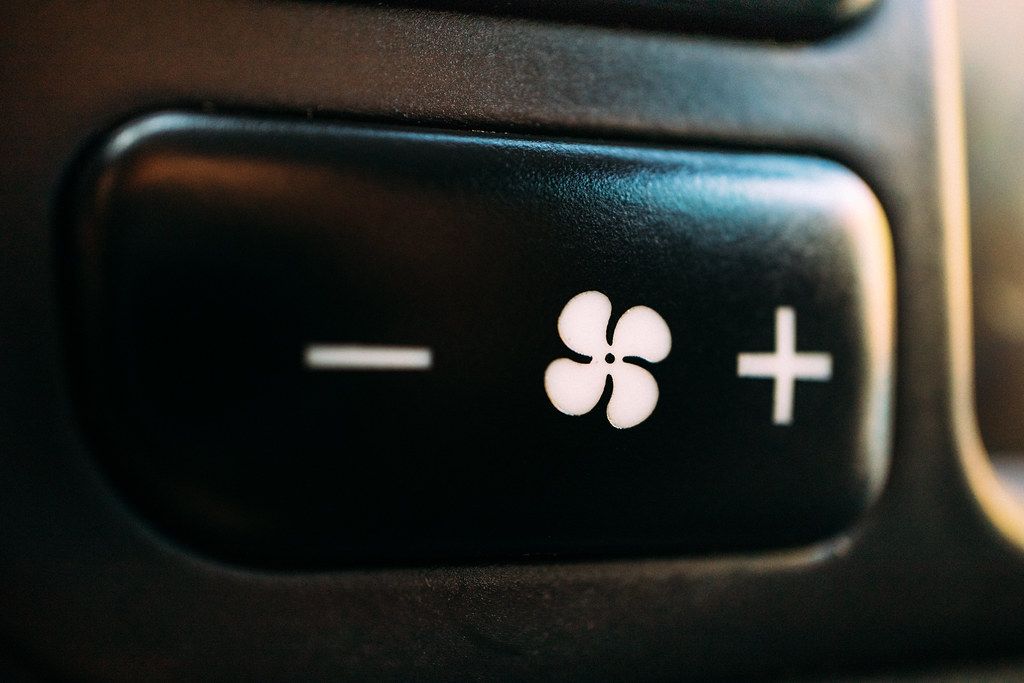
7. **Air Conditioning Refrigerant: Keeping Your Cool**When summer temperatures soar, a properly functioning air conditioning system is a welcome luxury, but it’s more than just comfort; it’s a component that can affect driver alertness and overall driving experience. At the heart of your car’s AC system is the refrigerant, a special fluid that cycles through the system, absorbing heat from the cabin and releasing it outside, keeping you cool. Without adequate refrigerant, your AC system simply won’t be able to cool the air effectively.
Unlike other fluids, checking air conditioning refrigerant levels can be “tricky because it requires special tools” and a keen understanding of the system. However, for the average car owner, a practical “workaround for this is purchasing a recharge kit that usually comes with an easy-to-use gauge.” These kits are designed to simplify the process, allowing you to get an indication of your refrigerant level without needing a full professional setup.
To use such a kit, you typically “attach a coupler to the low-pressure port of your car’s AC system and read the gauge when the air conditioning is running.” This provides an immediate, albeit general, indication of whether your system is low on refrigerant. While the kit might come with a can of refrigerant for topping off, it’s important to remember that consistently low levels often point to a leak, not just a need for a simple refill.
It’s a good practice to “check your AC system annually,” ideally before the peak summer heat arrives. “Skipping a check could mean going without air conditioning in the summer,” which can be a real inconvenience and discomfort. If you find yourself needing to “recharge consistently,” this is a strong signal of a leak. In such cases, a “special refrigerant with some UV dye in it” can be used to help locate the leak, as it “will glow a certain color under UV light.” For any persistent issues or suspected leaks, it’s always best to “let a mechanic or AC specialist take a look,” as they have the expertise and equipment to properly diagnose and repair complex AC problems.
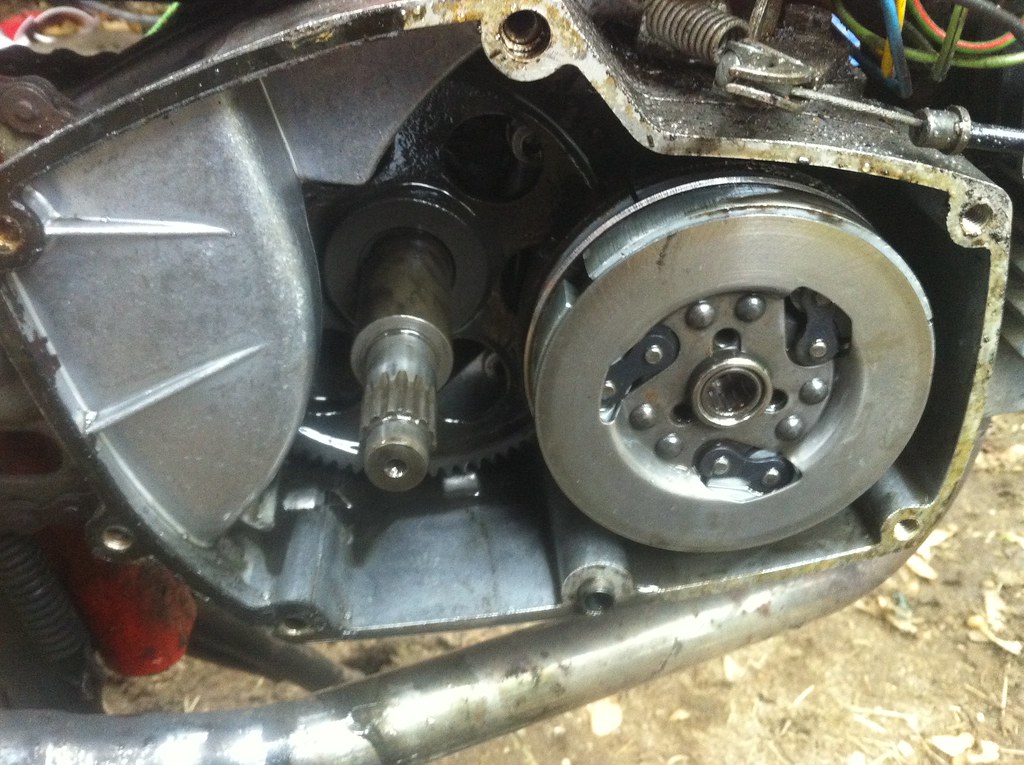
8. **Clutch Fluid: Essential for Manual Transmissions**For enthusiasts of the manual transmission, clutch fluid is an indispensable component that ensures smooth and reliable gear engagement. While automatics dominate the market, many “new and old vehicles still use manual transmissions, thus requiring specialized fluids like clutch fluid.” This hydraulic fluid is pivotal for “properly lubricating vehicle components to facilitate the movement of slave cylinders that operate by engaging and disengaging the clutch assembly.”
The consequences of insufficient clutch fluid are significant: “If there isn’t enough clutch fluid, the vehicle can’t complete these operations, and this can cause breakages to other auto parts.” You might notice a problem if “your clutch pedal is hard to push or it feels much lighter than normal,” both of which are common indicators of low or contaminated fluid. A spongy or unresponsive pedal is a clear sign that your clutch fluid needs immediate attention.
Checking the clutch fluid is relatively straightforward for most manual transmission vehicles. You can typically “check the levels by looking into the clutch fluid reservoir,” which is often a small, translucent container under the hood. The “fluid recommended for most clutches is actually brake fluid,” so be sure to confirm the specific DOT rating required for your vehicle in the owner’s manual before adding any fluid. You’ll simply “add the recommended brake fluid until it’s filled up” to the appropriate level markings on the reservoir.
Regular maintenance is key to preventing clutch issues. On average, clutch fluid “should be replaced every two to three years or during routine maintenance.” However, vigilance is important; “if you suspect you have a leak, you need to replace the clutch fluid more frequently to ensure your car continues to drive optimally and safely.” While “you can replace the clutch fluid yourself,” having “a qualified mechanic do it” ensures proper bleeding and removal of any air in the hydraulic system, which is crucial for correct clutch operation.
Read more about: Mastering Your Ride: The Essential Car Fluids You Need to Check Regularly for Optimal Performance

9. **Windshield Washer Fluid: Clear Vision, Safe Journey**Of all the fluids in your car, windshield washer fluid is arguably the simplest to maintain and perhaps the most frequently overlooked. While it “doesn’t have any effect on your car’s performance,” its role in “safe driving” is undeniable. “After all, if you can’t see where you’re going, you won’t get very far,” and a clear windshield is paramount for visibility, especially in adverse weather conditions or after encountering road grime.
Checking and topping off windshield washer fluid is an incredibly easy task that requires no special tools or mechanical expertise. Once “you pop the hood open, you can’t miss the blue cap” of the reservoir, which is usually a prominent feature. This transparent or semi-transparent reservoir allows for a quick visual inspection of the fluid level, making it one of the most accessible checks you can perform.
To refill, simply “pour new washer fluid into the reservoir until the liquid is near the top, then close the cap, and be on your way.” You can readily “buy jugs of it at gas stations or auto supply stores (or ) on the cheap,” making it an inexpensive part of regular car maintenance. There’s no fixed schedule for replacement; “how often you change this fluid depends on how often you use the windshield washer feature.” It’s wise to top it off whenever you notice the level is low, especially before long trips or during seasons with frequent rain or snow.
Keeping your windshield washer fluid topped up ensures that you always have a clear view of the road ahead, contributing significantly to your safety and driving comfort. While it might seem minor compared to engine oil or brake fluid, its importance in maintaining clear sightlines cannot be overstated, reinforcing the idea that even the simplest maintenance tasks are essential for a well-functioning and safe vehicle.
As we’ve journeyed through the array of essential fluids your vehicle relies on, it becomes abundantly clear that modern cars, despite their sophistication, are not maintenance-free marvels. Each liquid, from the engine’s lifeblood to the seemingly simple windshield washer fluid, plays a specific, indispensable role in ensuring your car runs smoothly, safely, and efficiently. Neglecting these vital fluids can quickly lead to diminished performance, uncomfortable driving experiences, and ultimately, far more expensive repairs than the cost of routine checks and replacements.
Read more about: The 15 Worst Car Fluids to Skip During Routine Maintenance
The good news is that by taking a proactive approach, armed with the knowledge shared here, you can empower yourself to keep your car in peak condition. Routinely checking your fluids might feel like a minor chore, but it is an investment in your vehicle’s longevity and your peace of mind. Remember, “when the liquid gets old, it loses its helpful properties and puts components in danger of failing,” underscoring the importance of staying on top of recommended service intervals. By spending a little time consistently checking and replacing the fluids in your car, you’re not just performing maintenance; you’re ensuring years of trouble-free ownership and a reliable ride for all your adventures.


